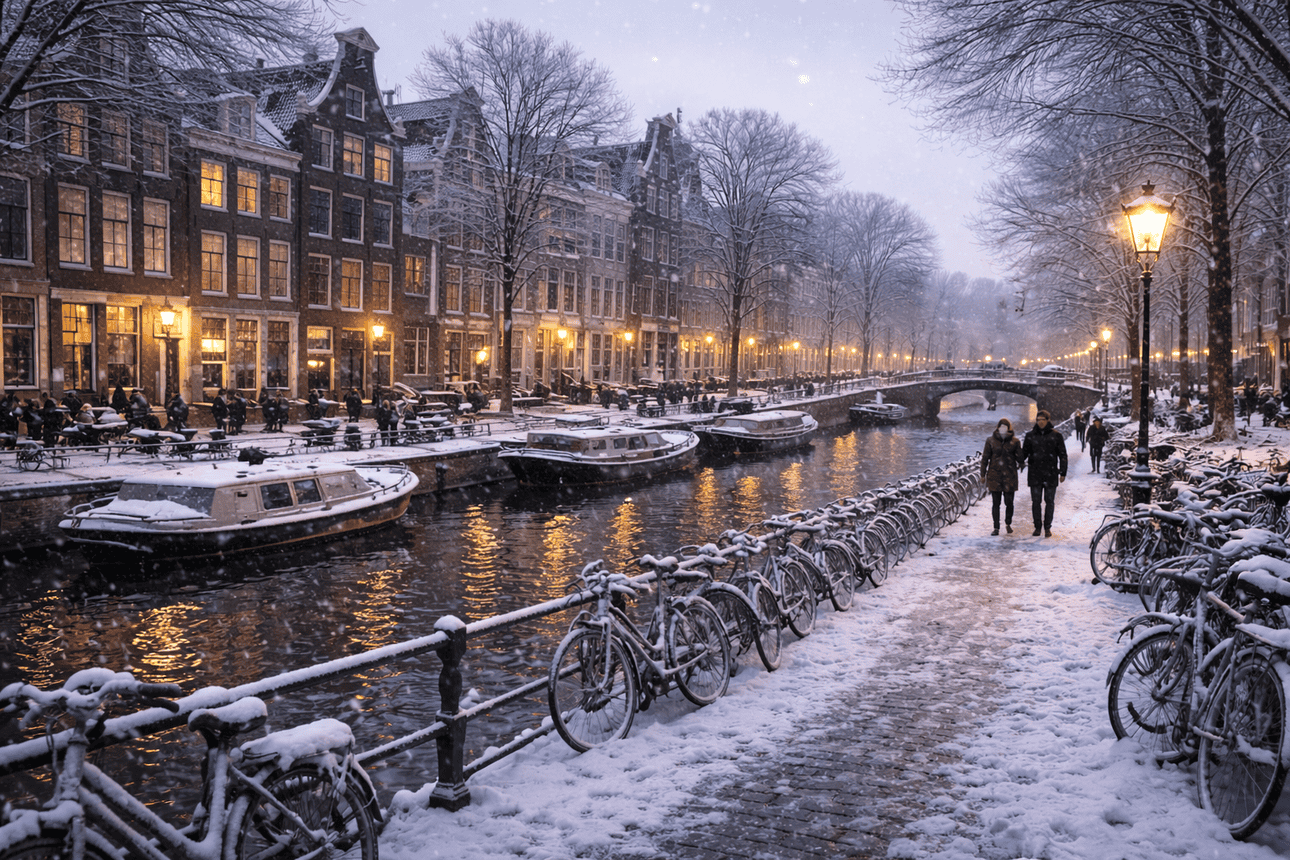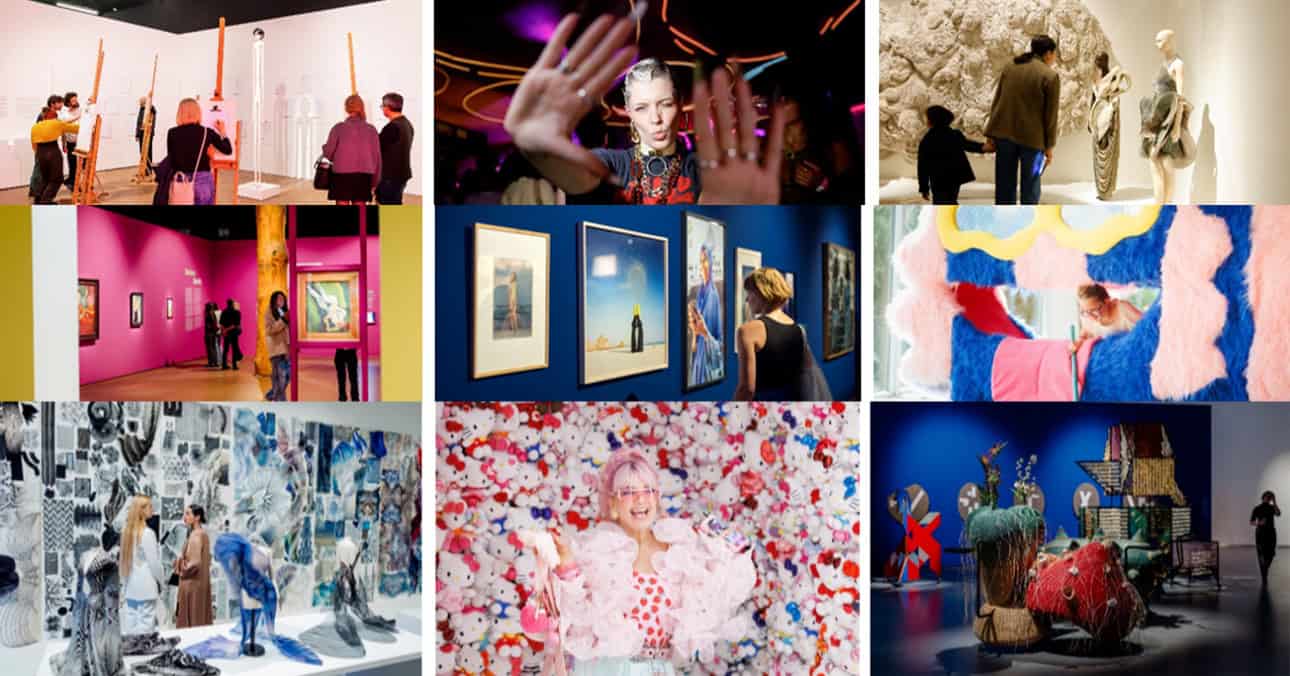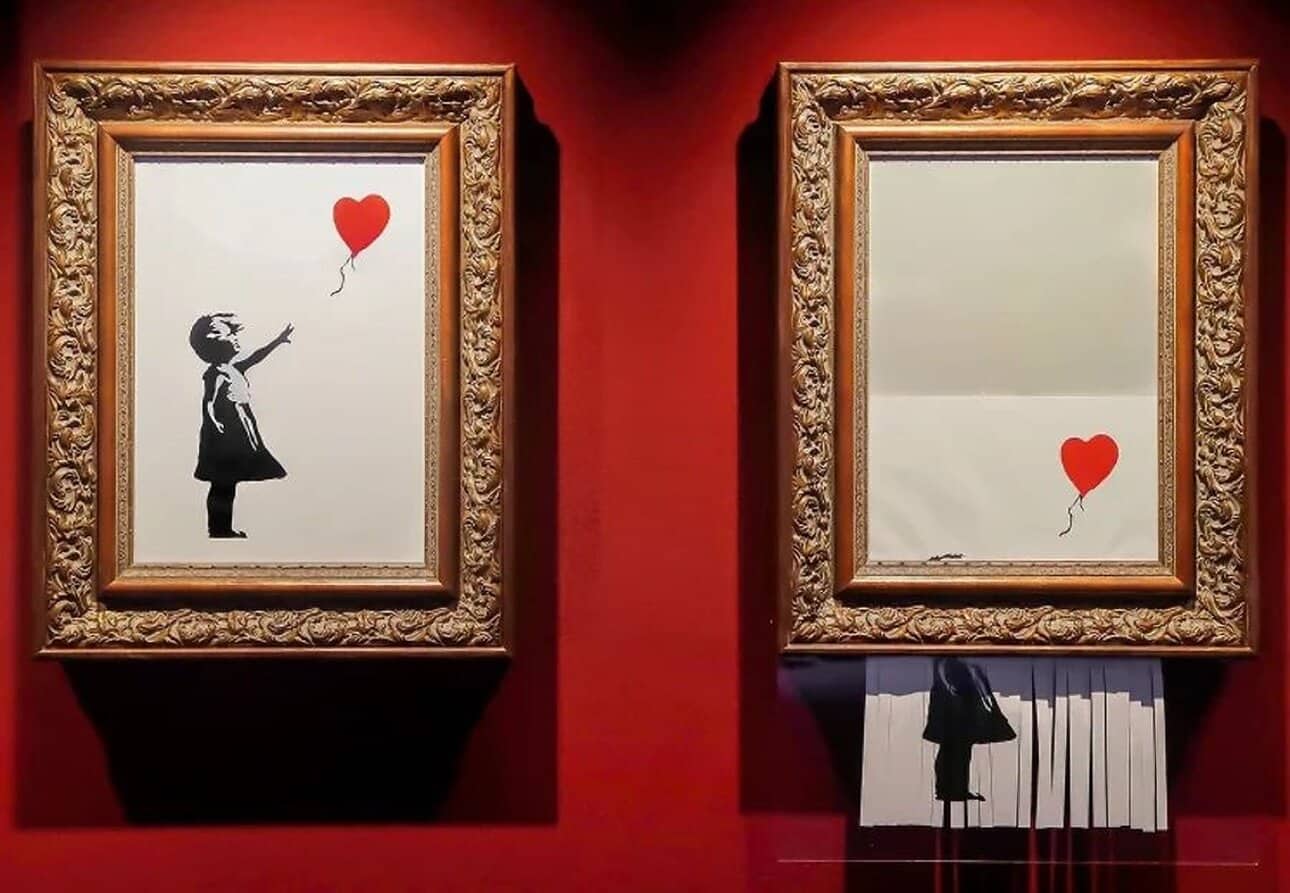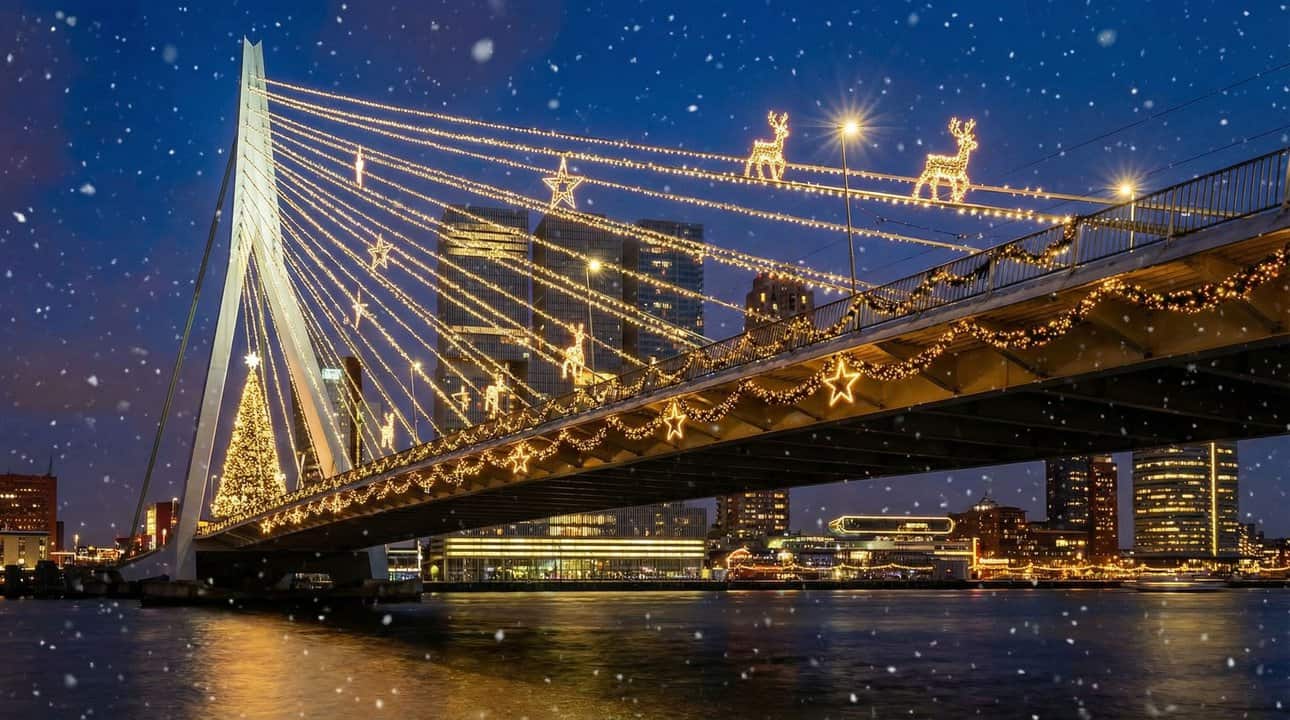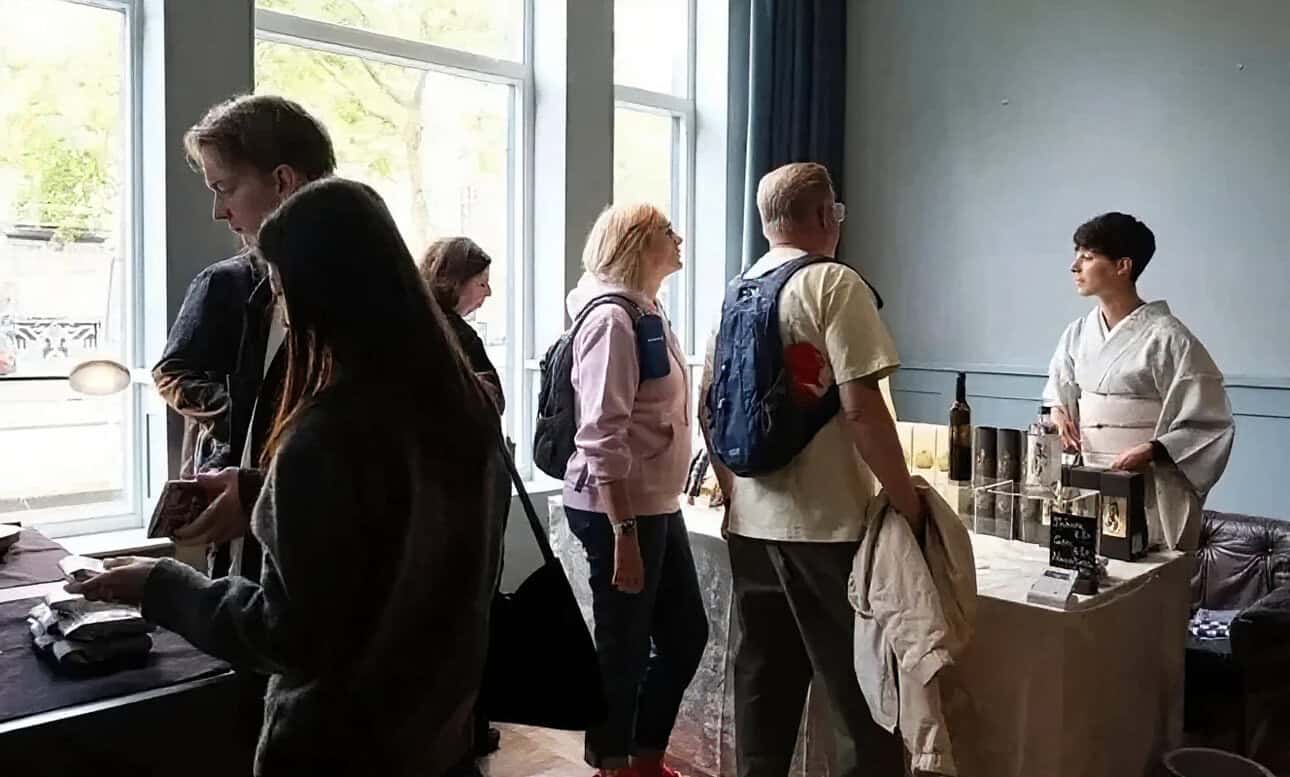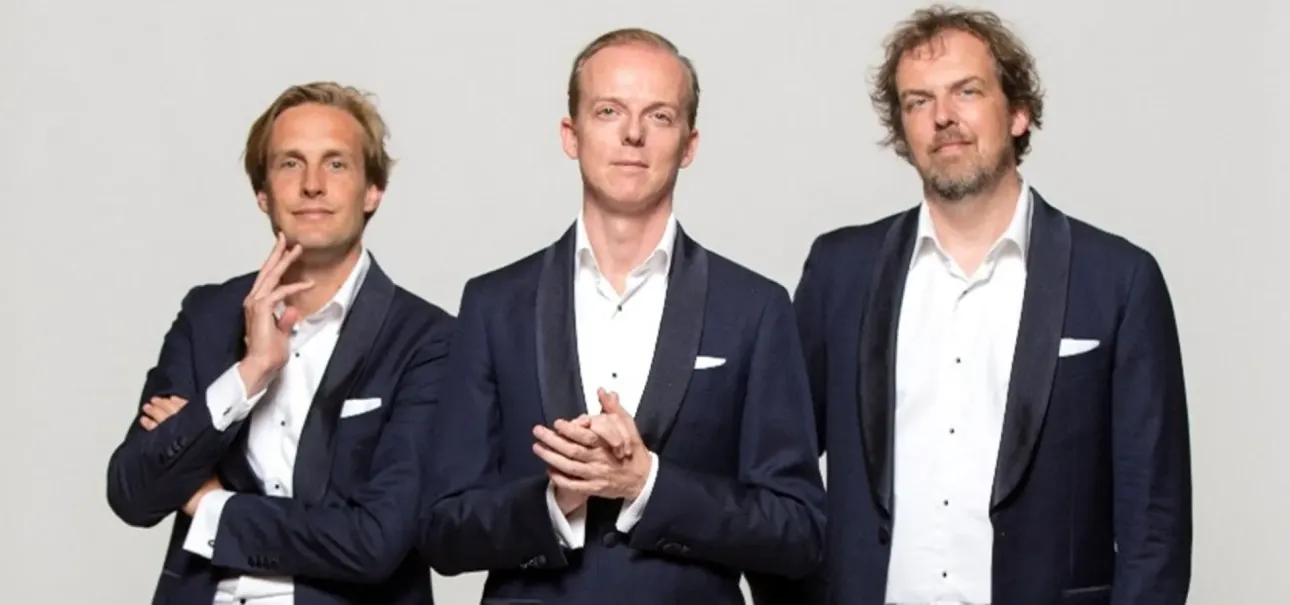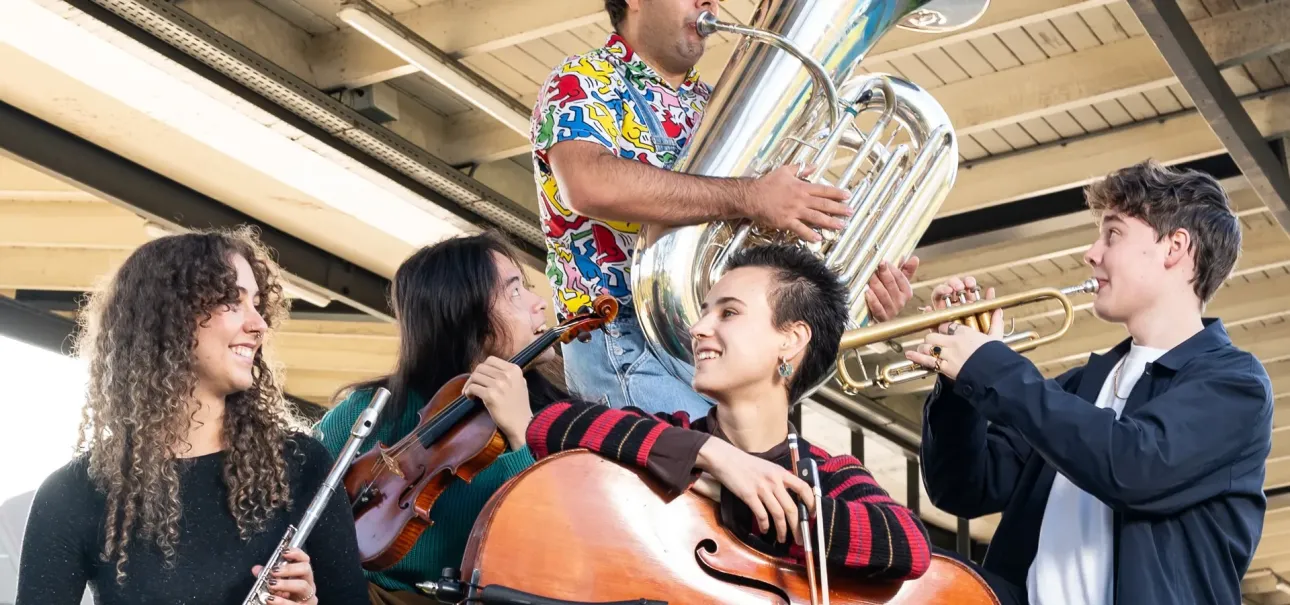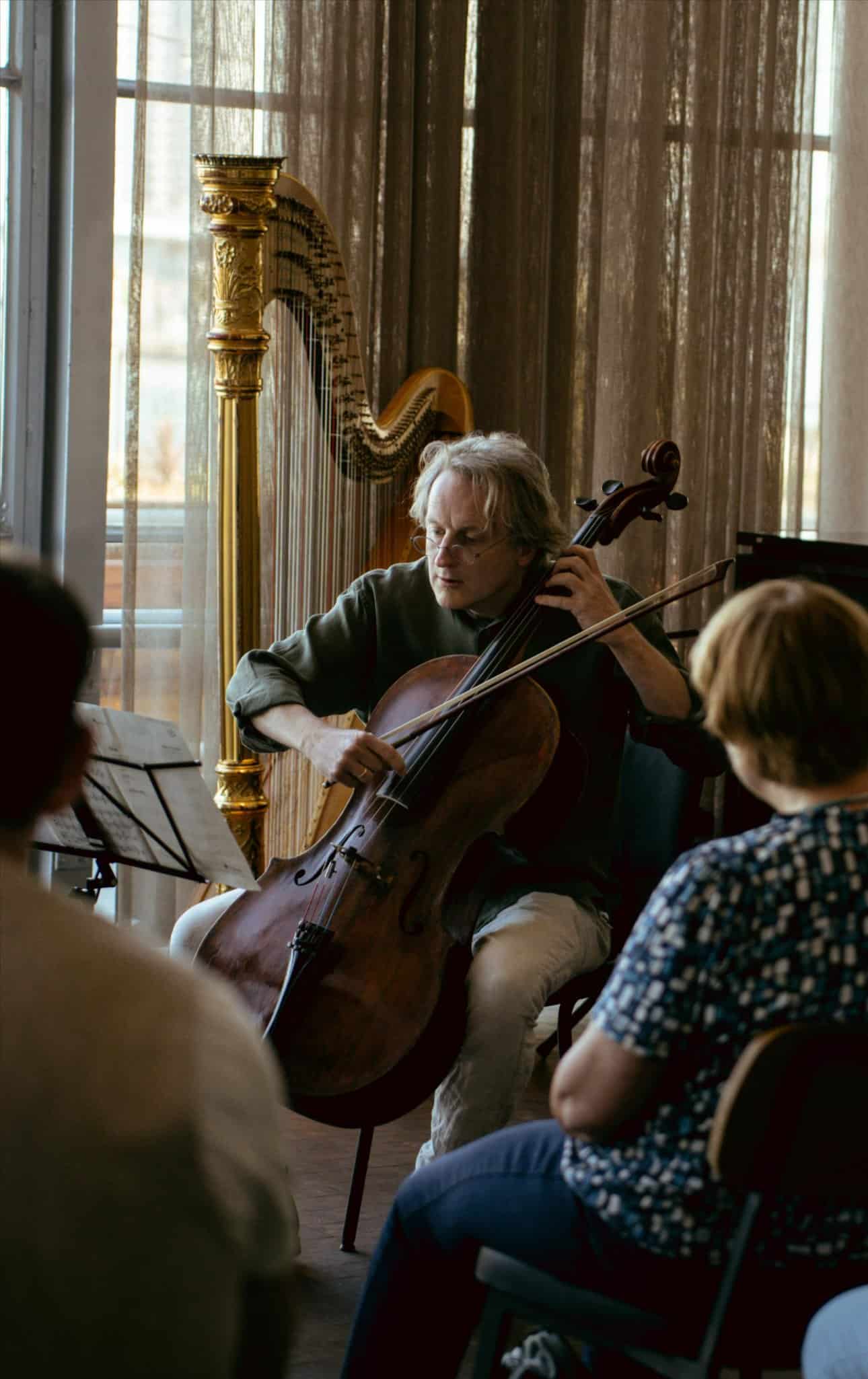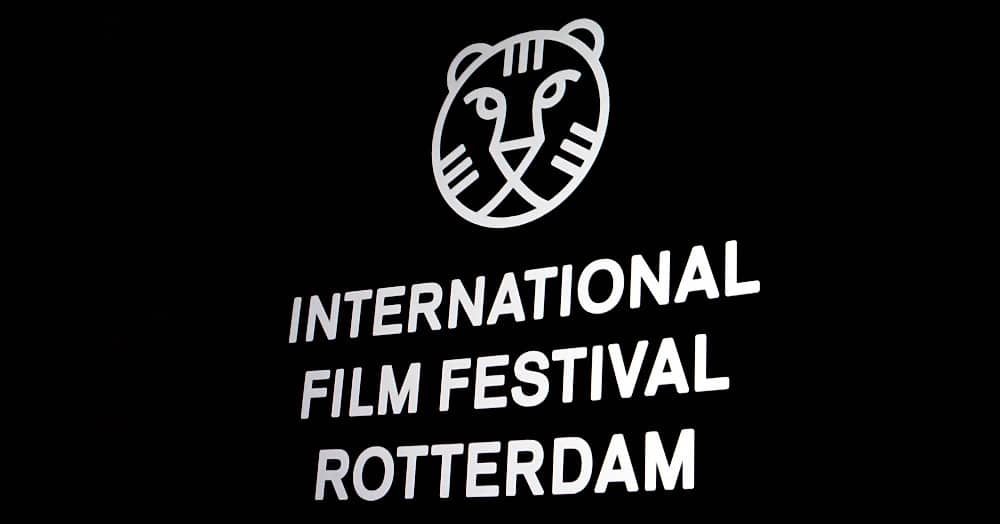A glimpse into the past: Dordrecht's Patriciërshuis Museum unveils the art of silhouettes, connecting history with the present.
Exploring the silhouette art at Dordts Patriciërshuis
Dordrecht's Patriciërshuis, a historic museum home, is currently hosting an exhibition dedicated to the art of silhouette until 13 March. Visitors have the opportunity to wander freely through the house, immersing themselves in the lives of affluent traders and officials from the 18th and 19th centuries. The exhibition allows guests to engage directly with the period's furnishings, admire the grand dinnerware and various artworks up close, and even 'touch' the Maas river from the summer kitchen. Additionally, the Patriciërshuis surprises its visitors with displays of silhouette paintings, prints, and cut-out artworks, a form of art that enjoyed immense popularity among the well-to-do bourgeoisie of the time.
The craft of silhouette portraits in history
In the late 18th and early 19th centuries, creating silhouette portraits, whether cut, drawn, or painted, was a widespread practice in Western Europe. This form of portraiture was not only quicker but also significantly cheaper than oil painting. Wealthy merchants, traders, and officials would often invite itinerant artists to their homes to capture the likenesses of family, loved ones, and possessions in silhouette. The artists, known as 'profilists,' were adept at quickly grasping and depicting an individual's character in these profiles, making silhouette art a form of entertainment at parties and social gatherings by emphasizing playful aspects of a person's character traits and posture.
Modern interpretations of historical silhouettes
The Patriciërshuis showcases various forms of this art, including cut-out art, painted portraits on everyday objects, and historical reference works with copies of painted silhouettes from the 18th and 19th centuries. A small photo exhibition in the basement highlights how contemporary artists continue to draw inspiration from historical silhouette and portrait art. Among the displayed works is a portrait of former Queen Beatrix by Vincent Mentzel, which served as the basis for her silhouette seen on the euro coin. The portraits by Sebiha Öztas capture the essence of their subjects, revealing dreams, desires, character traits, and emotions through simplicity and power.
Visiting the Dordts Patriciërshuis
The Patriciërshuis, with its elegant period rooms and 18th-century decor, provides an ideal backdrop for the 'Kopstukken uit de schaduw' (Leading figures out of the shadows) exhibition. Among its collection of objects and paintings, the highlight is the circular Maas room, offering a stunning view over Europe's busiest three-river point.
The Dordts Patriciërshuis is situated along Wolwevershaven, easily accessible for those interested in experiencing a slice of history amidst the bustling waterways of the Netherlands. The area around the museum is known for its picturesque setting, offering visitors a chance to explore the rich maritime and trading history of Dordrecht.

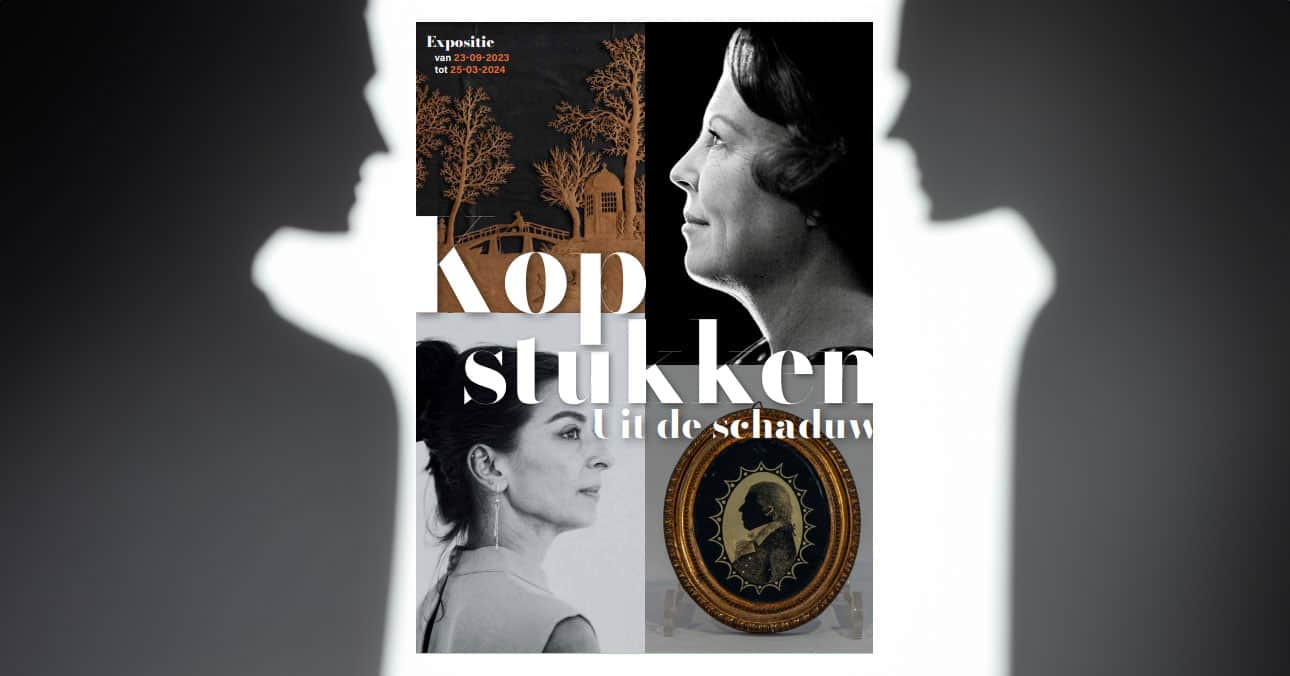
-amazing-contemporary-art-001.jpg)


